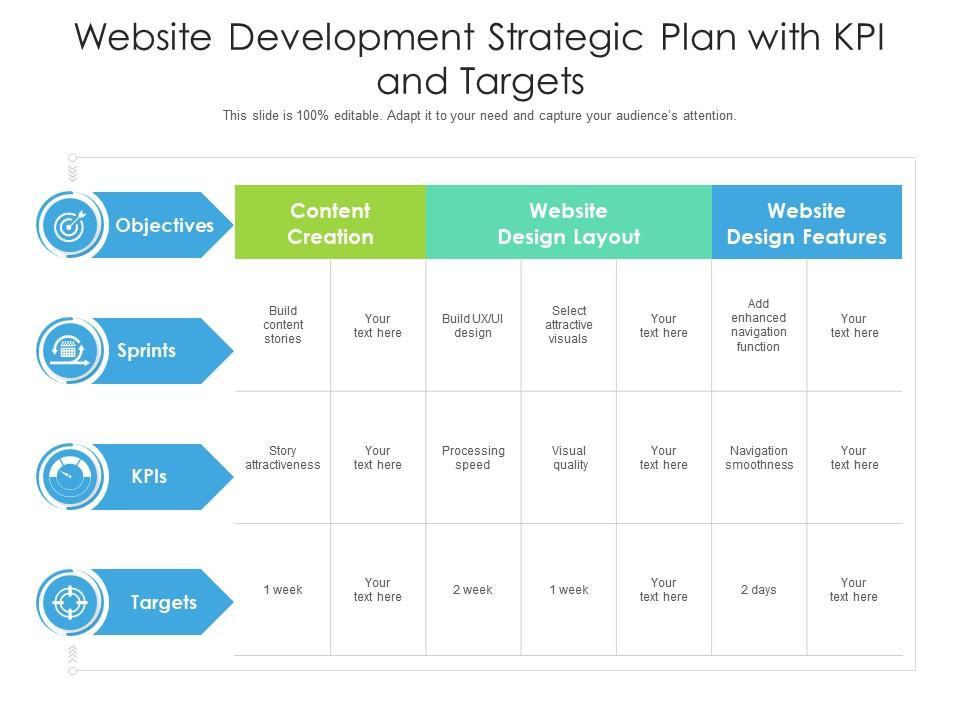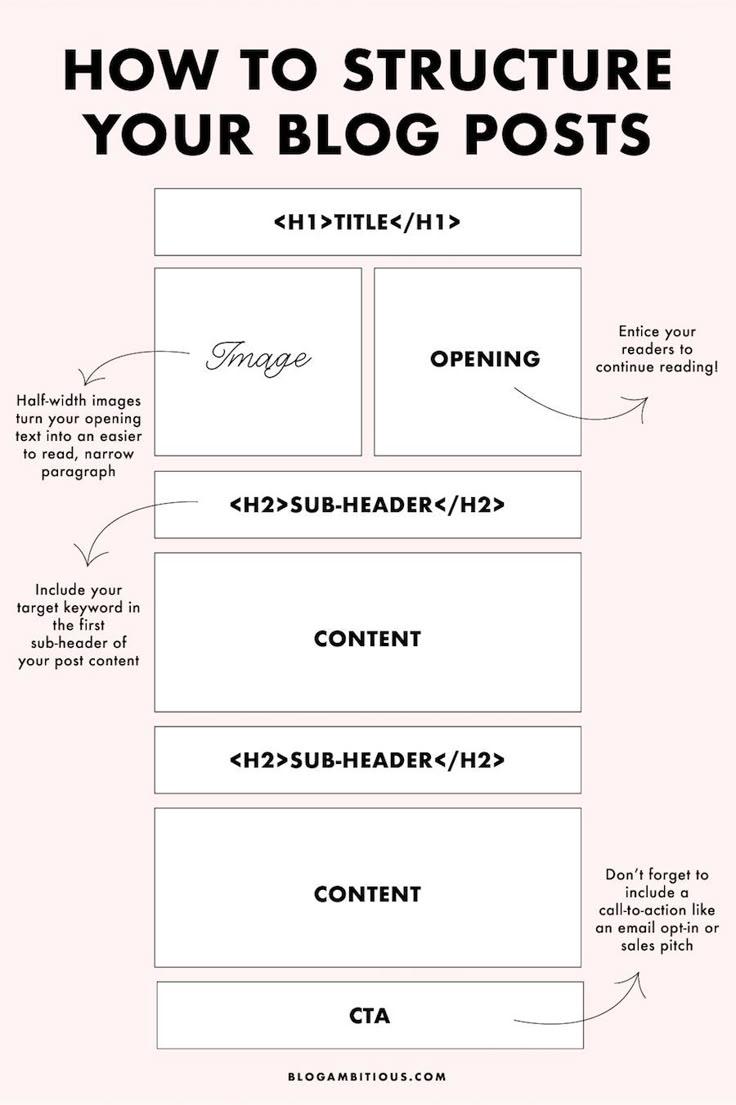In today’s digital landscape, having a website is just the beginning of your online journey. But how do you know if your site is truly delivering results? That’s where Key Performance Indicators, or KPIs, come into play. Think of KPIs as the guiding stars for your website’s performance—they help you measure success, identify areas for improvement, and ultimately drive your business forward.But with so many metrics out there, which ones should you focus on? In this article, we’ll break down what a website KPI is, explore the most crucial ones to track, and empower you to make data-driven decisions that elevate your online presence. So, if you’re ready to unlock the full potential of your website, let’s dive in!
Understanding the Basics of Website KPIs
Every accomplished website relies on key performance indicators (KPIs) to gauge its effectiveness and impact. understanding these metrics is crucial for optimizing your online presence and achieving your business goals. Essentially, a KPI is a measurable value that demonstrates how effectively your website is meeting its objectives. It helps to paint a clear picture of your site’s performance and informs strategic decisions.
When it comes to identifying which kpis to track, the selection largely depends on your specific goals. Here are some essential KPIs to consider:
- Traffic Sources: Knowing where your visitors are coming from – organic search, social media, or direct traffic – can inform your marketing strategies.
- Conversion Rate: This metric tells you how many visitors complete a desired action, such as signing up for a newsletter or making a purchase.
- Bounce Rate: A high bounce rate may indicate that visitors are not finding what they expect, signaling a need for content or design improvements.
- Average Session Duration: This demonstrates how engaging your content is; longer sessions suggest that visitors find your site valuable.
- Page Load Time: A fast-loading website enhances user experience and can improve your search engine rankings.
To provide a clearer understanding of these KPIs, consider the following table that summarizes how they can impact your website’s success:
| Key Performance Indicator | Importance |
|---|---|
| Traffic Sources | guides marketing efforts and budget allocation. |
| Conversion Rate | Directly correlates with revenue generation. |
| Bounce Rate | Indicates user satisfaction and content relevance. |
| Average Session Duration | reflects content engagement levels. |
| Page Load Time | Affects user retention and SEO rankings. |
By regularly monitoring these KPIs,you can make data-driven decisions that enhance the user experience and achieve your business objectives. Whether you’re looking to increase traffic, boost conversions, or provide a seamless browsing experience, understanding your website’s KPIs is the frist step toward success.
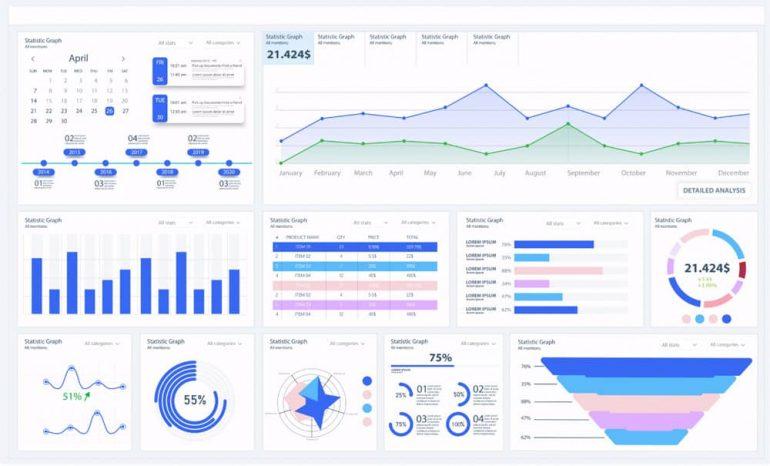
Why KPIs Matter for Your Online Success
Understanding the importance of KPIs can transform the way you approach your online strategy. They serve as a compass, guiding you through the vast digital landscape towards your goals. By focusing on key performance indicators, you can gain invaluable insights into what drives your website’s success and what areas need improvement.
Here are some compelling reasons why tracking KPIs is crucial:
- Measure Performance: KPIs provide a clear benchmark of your website’s performance, allowing you to assess how well you are meeting your objectives.
- Identify trends: Regularly monitoring KPIs helps you spot trends over time, enabling you to make data-driven decisions rather than relying on gut feelings.
- Enhance Accountability: Setting specific KPIs fosters a culture of accountability within your team,ensuring everyone is aligned with your online goals.
- Allocate Resources Wisely: By analyzing which areas yield the best results, you can allocate your resources more effectively for higher returns.
Moreover, KPIs are not one-size-fits-all; they should align with your unique business objectives. For instance, if increasing brand awareness is a priority, you might focus on metrics such as website traffic and social media engagement. Alternatively, if your goal is to boost conversions, tracking conversion rates and customer acquisition costs becomes essential.
To give you a clearer picture, here’s a simple table that showcases common website KPIs and their relevance:
| KPI | Purpose |
|---|---|
| Page Views | Measures overall traffic to your site. |
| Bounce Rate | Indicates the percentage of visitors who leave after viewing one page. |
| Average Session Duration | shows how long visitors stay on your site, indicating engagement levels. |
| Conversion Rate | Measures the percentage of visitors who complete a desired action, such as filling out a form or making a purchase. |
KPIs are not merely metrics; they are powerful tools that can guide your online strategy, enhance decision-making, and ultimately drive your success. By identifying and tracking the right KPIs, you can turn data into actionable insights that propel your website to new heights.
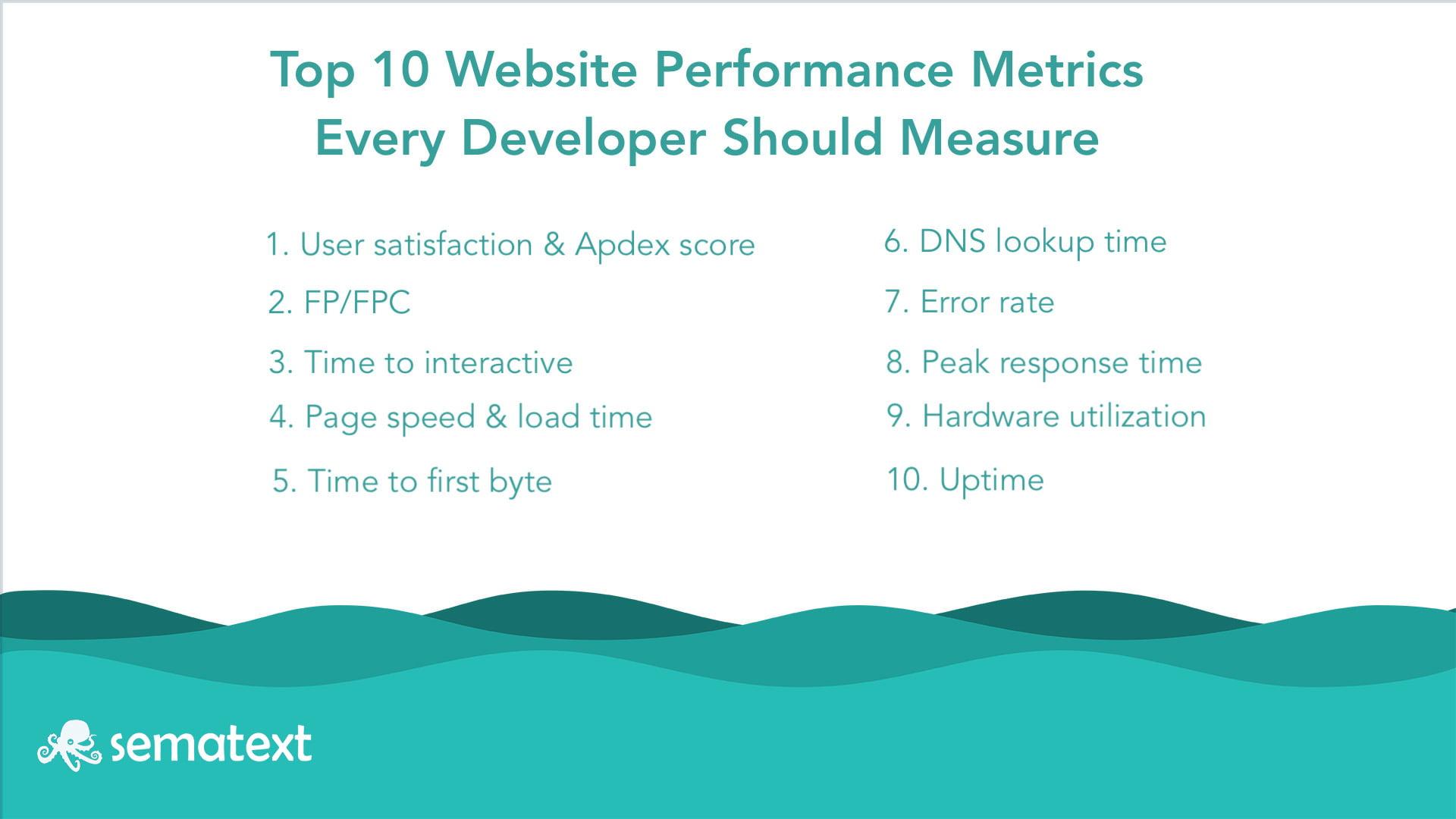
Key metrics Every Website owner Should Monitor
As a website owner, understanding your performance is critical to driving growth and ensuring success. Here are some key metrics that you should keep an eye on to better understand your audience and improve your website’s effectiveness.
- Traffic Sources: Knowing where your visitors come from—whether it’s organic search, social media, or paid ads—can help you allocate resources effectively. Focus on channels that drive the most quality traffic.
- Bounce Rate: A high bounce rate may indicate that visitors are not finding what they expected. Analyzing the pages with the highest bounce rates can provide insights for improvement.
- Average Session Duration: This metric reveals how long visitors engage with your content. A longer session duration typically signifies that users find your content valuable.
- Conversion Rate: Ultimately, your goal is to convert visitors into customers or leads.Tracking your conversion rates on landing pages can help you understand the effectiveness of your calls to action.
- Page Load Time: A slow website can deter visitors and negatively impact your SEO. Monitoring this metric ensures that your site remains user-kind and competitive.
Additionally, consider using the following table to summarize these vital metrics:
| Metric | Importance | Recommended Action |
|---|---|---|
| traffic Sources | Identifies effective channels | Focus marketing efforts accordingly |
| Bounce Rate | Indicates content relevance | Optimize high-bounce pages |
| Average Session Duration | Measures content engagement | Enhance valuable content |
| Conversion Rate | Tracks marketing success | Refine calls to action |
| Page Load Time | Affects user experience | Optimize site speed |
by keeping a close watch on these metrics, you can make informed decisions that will lead to better user experiences and, ultimately, higher conversions.Remember, the key to success is not just in tracking these numbers, but in taking actionable steps based on your insights!
Setting SMART Goals for Your Website KPIs
Setting goals for your website’s Key Performance Indicators (KPIs) is essential to ensure that your digital strategy is on the right track. To make your goals effective, applying the SMART criteria can be a game-changer. This means your goals should be Specific, measurable, Achievable, Relevant, and Time-bound. By following this framework, you’ll create a clear roadmap that guides your website’s performance and enhances your decision-making process.
To start, your goals need to be specific. Instead of vaguely stating that you want to increase traffic, consider defining it further. For example, you might aim to increase organic traffic from search engines by 30% over the next quarter. This focus helps clarify what you’re aiming for and eliminates ambiguity, allowing you to allocate resources effectively.
The measurable aspect ensures that you can track your progress and determine if you’ve hit your target. Utilize analytics tools to monitor metrics such as page views, conversion rates, and bounce rates. By setting quantifiable benchmarks,you’ll have a much clearer understanding of how your website’s performance aligns with your goals.
Making your goals achievable is crucial. While it’s great to aim high, setting unattainable targets can lead to frustration.Analyze your current data and market trends to set realistic goals. As an example, if your website currently gets 1,000 monthly visitors, an aim to reach 3,000 might be too ambitious in a three-month frame. Instead, consider a more attainable increase, such as 1,500 visitors, while still pushing your limits.
Your goals also need to be relevant to your overall business objectives. this means aligning your website’s KPIs with broader marketing strategies. For example, if your primary aim is to boost online sales, focusing on conversion rates and average order value makes sense. Establishing relevance ensures that every effort you make contributes to the larger picture.
a time-bound goal is essential to create urgency and a sense of accountability. Without a deadline, it’s easy to lose focus. Set a timeline for each KPI target, whether it’s weekly, monthly, or quarterly. This accountability helps maintain momentum and can be a motivating factor for your team.
| SMART Criteria | example Goal |
|---|---|
| Specific | increase organic traffic by 30% |
| Measurable | Track monthly visitor count via analytics |
| Achievable | Grow from 1,000 to 1,500 visitors in 3 months |
| Relevant | Focus on conversion rates related to online sales |
| Time-bound | Set a deadline for the end of Q1 |
How to Choose the Right KPIs for Your Business
Choosing the right Key Performance Indicators (KPIs) for your business is crucial for measuring success and driving growth. Start by understanding the specific goals of your website. Are you looking to increase traffic, boost conversions, or improve customer engagement? your KPIs should directly align with these objectives. This ensures that you’re not just tracking numbers,but meaningful metrics that contribute to your overall strategy.
Consider these essential factors when selecting your KPIs:
- Relevance: Each KPI should relate directly to your business goals. If your aim is to increase sales, metrics like conversion rate and average order value should be prioritized.
- Measurability: Choose KPIs that can be quantified easily. This will allow you to track progress effectively over time.
- Actionability: The KPIs you select should empower you to make informed decisions. If a metric isn’t actionable, it might not be worth tracking.
- Timeliness: Opt for KPIs that provide timely insights, enabling you to pivot strategies quickly when necessary.
To illustrate the importance of these factors, consider the following table comparing various website KPIs:
| Website KPI | Relevance | Measurability | Actionability |
|---|---|---|---|
| Traffic Sources | High | Easy | Yes |
| Bounce Rate | Medium | Easy | Yes |
| Conversion Rate | High | Easy | Yes |
| Customer Lifetime Value | High | Moderate | Yes |
don’t forget to review and adjust your KPIs regularly. Business environments and goals can change, and your metrics should reflect that evolution. Schedule quarterly reviews of your KPIs to ensure they still align with your strategic objectives. This proactive approach will keep your focus sharp and your strategies effective.

Tracking User Engagement: What to Look For
when it comes to understanding how users interact with your website,there are several key indicators that can provide invaluable insights. Tracking these metrics not only helps you gauge the effectiveness of your content and design but also allows you to make informed decisions to enhance user experience.Here are some vital engagement metrics to keep an eye on:
- Page Views: This metric tells you how many times a page on your site has been viewed. A high number of page views can indicate that your content resonates with visitors, while a low number may suggest a need for improvement.
- Average Time on Page: understanding how long users stay on your pages can reveal whether your content is engaging. Longer durations typically suggest that visitors are finding value in what you provide.
- Bounce Rate: A high bounce rate means that users are leaving your site without interacting. This could indicate that your content isn’t meeting their expectations or that your site isn’t user-friendly.
- Pages per Session: This shows how many pages a user visits before leaving your site. More pages per session often indicate that users are engaged and finding more content to explore.
- Conversion Rate: Ultimately, the goal of your website is often to convert visitors into customers. monitoring conversion rates can help you understand how effectively your site encourages visitors to take action.
To make the most of these metrics, it’s crucial to analyze them in context. For instance, a high bounce rate might not always be a bad sign if visitors are finding the information they need quickly. Conversely, low average time on page could suggest that your content is not engaging enough or that your headlines are misleading. It’s all about understanding the story these numbers tell.
Additionally, consider segmenting your audience to gain deeper insights.By analyzing engagement metrics for different demographics or user behaviors, you can tailor your content and design to meet the specific needs and preferences of various groups. This personalized approach can significantly enhance user engagement.
Lastly, regularly revisiting these metrics and adjusting your strategies accordingly is essential. Digital landscapes change rapidly,and what works today may not resonate tomorrow. Continuously monitoring user engagement will help you stay ahead of trends and keep your website relevant and engaging.
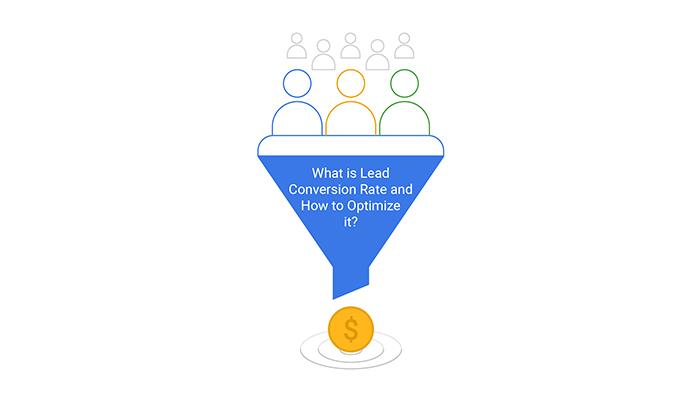
The Importance of Conversion Rate and How to Improve It
Understanding conversion rate is crucial for any online business aiming to maximize its potential. This metric reflects the percentage of visitors who complete a desired action on your website, such as making a purchase, signing up for a newsletter, or downloading a resource. A higher conversion rate indicates effective engagement and resonates with your audience, while a lower rate may signal areas for improvement. By focusing on enhancing your conversion rate, you can significantly boost your overall performance and profitability.
To improve your conversion rate, consider implementing the following strategies:
- Optimize your website design: A clean, user-friendly interface enhances navigation and encourages visitors to stay longer.
- Craft compelling calls-to-action (ctas): Clear, persuasive CTAs guide users toward taking action, making it essential to ensure they stand out.
- Utilize A/B testing: Experiment with different versions of your webpages to determine which designs and content yield the highest conversion rates.
- Enhance your content: Create informative and engaging content that addresses your audience’s pain points and provides solutions.
- Improve load times: A fast-loading site keeps users from bouncing,which can help in retaining potential customers.
Another vital component of boosting your conversion rate is understanding your audience. Conducting thorough market research and analyzing user behavior can provide insights into what your visitors are looking for. utilize tools like Google Analytics to gather data about your audience demographics, interests, and online habits. This information can inform your marketing strategies and help you tailor your offerings to meet their needs more effectively.
Tracking your conversion rate alongside other key performance indicators (KPIs) is essential for gaining a comprehensive view of your website’s effectiveness. Here’s a simplified table showcasing essential KPIs that relate directly to conversion rates:
| KPI | Description |
|---|---|
| Traffic Sources | Identifies where visitors are coming from (organic, paid, social, etc.). |
| Bounce Rate | Percentage of visitors who leave after viewing only one page. |
| average Session Duration | Average time a visitor spends on your site, indicating engagement. |
| Cart Abandonment Rate | Percentage of users who add products to their cart but do not complete the purchase. |
By continuously monitoring these KPIs and making informed adjustments, you can enhance your conversion rate and drive overall business success. Remember, the key to improvement lies in experimentation, data analysis, and a deep understanding of your audience’s needs and preferences.
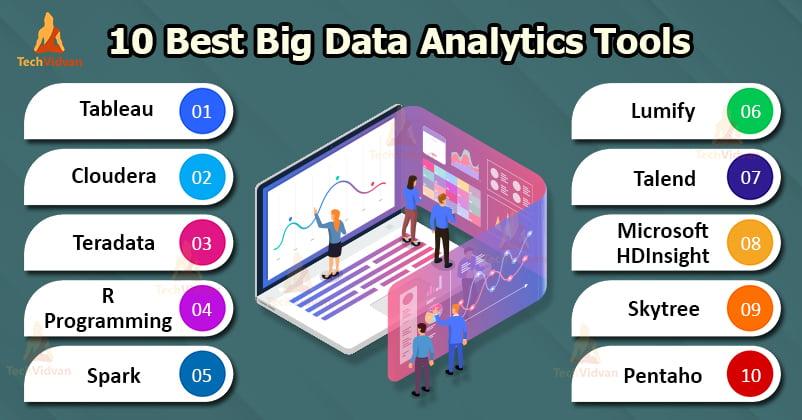
utilizing Analytics Tools to Monitor Your KPIs
In today’s digital landscape, leveraging analytics tools to keep a pulse on your website’s KPIs is not just beneficial—it’s essential.These tools provide invaluable insights that can help you make data-driven decisions, ultimately leading to improved performance and user experience. By monitoring your KPIs, you can identify trends, uncover opportunities, and detect issues before they escalate into significant problems.
One of the first steps in utilizing analytics tools effectively is to choose the right platform. Here are a few popular options to consider:
- Google Analytics: A robust,free tool that offers deep insights into user behavior,traffic sources,and conversion rates.
- Hotjar: ideal for visualizing user interactions with heatmaps, session recordings, and feedback tools.
- SEMrush: Great for tracking SEO performance, keyword rankings, and competitive analysis.
Once you’ve selected your analytics tool, focus on the specific kpis essential for your website’s performance. Commonly tracked KPIs include:
- Traffic Sources: Understand where your visitors are coming from, whether it’s organic search, social media, or referrals.
- Bounce Rate: Analyze the percentage of visitors who leave your site after viewing only one page, which can indicate content relevance.
- Conversion rate: Measure how many users complete desired actions, such as signing up for a newsletter or making a purchase.
To present this data clearly, consider using tables to summarize your findings. Below is a simple portrayal of key KPIs you might track:
| KPI | Current Value | Target Value |
|---|---|---|
| Monthly Visitors | 12,000 | 15,000 |
| Bounce rate | 45% | 30% |
| Conversion Rate | 2.5% | 5% |
By regularly reviewing this data, you can spot patterns and adjust your strategies accordingly. Whether it’s optimizing your content or refining your marketing efforts, staying proactive in monitoring your KPIs will set you on the path to success.

Making Data-Driven Decisions Based on Your KPIs
In today’s digital landscape,leveraging your website’s Key Performance Indicators (KPIs) is essential for making data-driven decisions that can significantly impact your business growth. Understanding what these metrics mean and how to interpret them enables you to refine your strategies, optimize your user experience, and ultimately drive better results. By focusing on the right KPIs,you can transform raw data into actionable insights.
First and foremost, it’s crucial to identify which KPIs align with your business goals. here are some vital KPIs you should consider tracking:
- traffic Sources: Understand where your visitors are coming from—whether it’s organic search, social media, or referral links.
- Conversion Rate: Measure the percentage of visitors who complete a desired action, such as signing up for a newsletter or making a purchase.
- Bounce Rate: Track the percentage of users who leave your site after viewing only one page, indicating potential issues with content or relevance.
- Page Load Time: A critical performance metric, as slower sites can lead to higher bounce rates and lower conversions.
- Customer Acquisition Cost (CAC): Analyze the cost associated with acquiring new customers, helping you evaluate the efficiency of your marketing efforts.
Once you have established which KPIs to monitor, it’s time to employ a systematic approach to analyze them regularly. use data visualization tools to make sense of the numbers—graphs and charts can reveal trends and patterns that might not be evident through raw data alone. As a notable example, a simple table helps summarize how different traffic sources contribute to your overall conversion rates:
| Traffic Source | Visitors | Conversions | Conversion Rate (%) |
|---|---|---|---|
| Organic Search | 500 | 50 | 10 |
| Social Media | 300 | 30 | 10 |
| Email Marketing | 200 | 40 | 20 |
By consistently monitoring these metrics, you can make informed adjustments to your marketing strategies. For example,if you notice that your organic search traffic is converting significantly better than social media,it may indicate that you should invest more resources in SEO or content marketing. Conversely, if social media campaigns are showing promise, consider optimizing those efforts to maximize returns.
the power of KPIs lies not just in their tracking but in the decisions you make based on their insights. By fostering a culture of data-driven decision-making,you can achieve greater efficiency and effectiveness in your business operations,ultimately leading to sustained growth and success. Embrace the analytics, adapt your strategies, and watch your website’s performance soar.
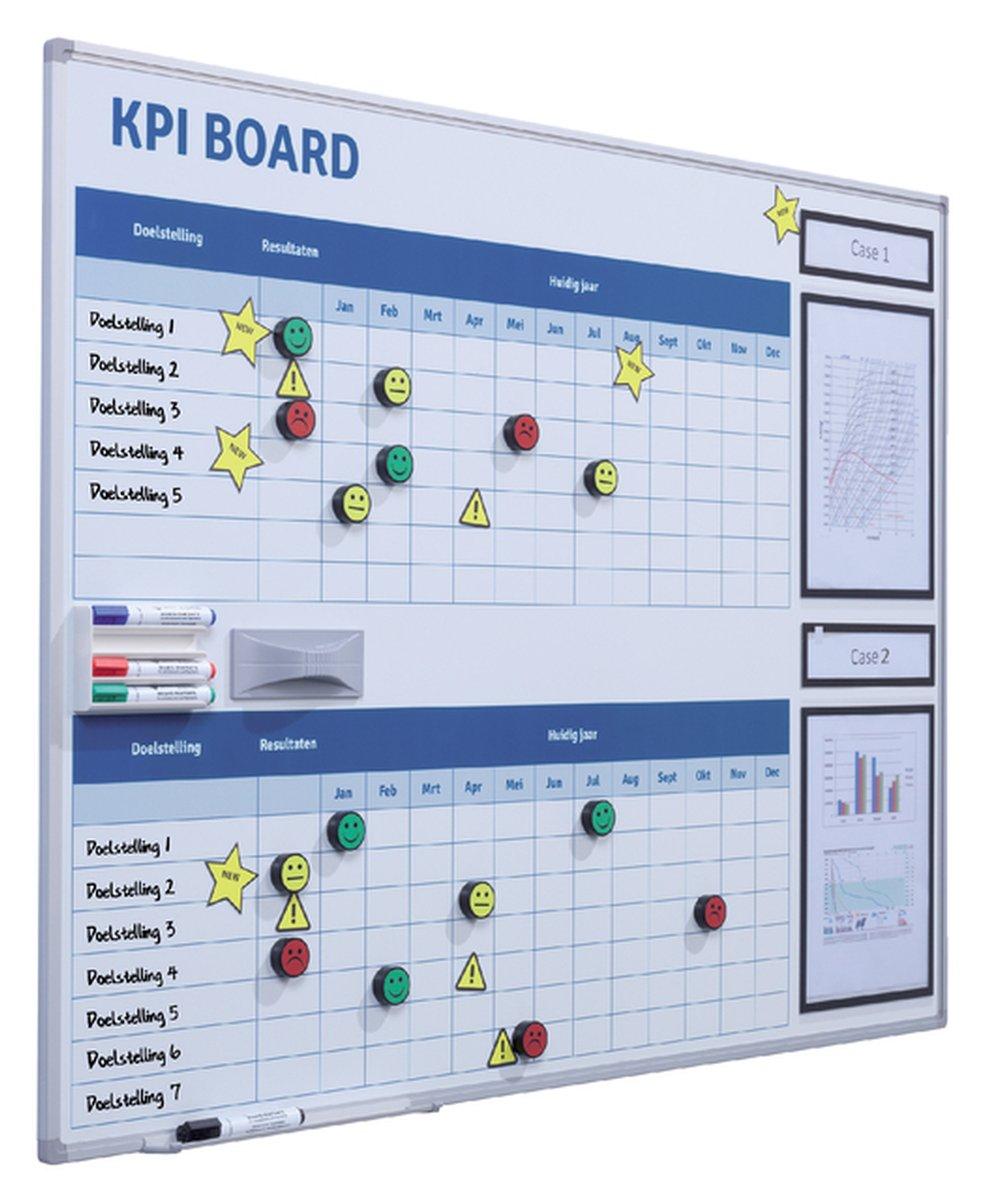
Regularly Reviewing and Adjusting Your KPIs for Growth
To maximize your growth potential, it’s imperative to regularly review and adjust your KPIs. The digital landscape is constantly evolving, and your metrics should adapt to the changes in your business goals, audience behavior, and market trends. By revisiting your KPIs,you ensure they remain relevant and effective in guiding your strategies.
Set a routine for reviewing your KPIs, whether it’s monthly, quarterly, or biannually. During these reviews, consider the following:
- Relevance: Are these KPIs still aligned with your current business objectives?
- Performance Trends: Are you noticing consistent patterns that indicate a need for adjustment?
- Market Changes: Have there been significant changes in your industry that necessitate a shift in focus?
In addition to routine reviews, don’t hesitate to make real-time adjustments when necessary. If a particular KPI shows a sudden decline, it may be an indicator that your strategy requires immediate attention. This proactive approach can definitely help in mitigating losses and seizing new opportunities quickly.
When adjusting your KPIs, consider employing a structured framework.The following table outlines key elements to focus on:
| Element | Description |
|---|---|
| Clarity | Ensure your KPIs are clearly defined, leaving no room for ambiguity. |
| Measurability | Choose metrics that can be quantified and tracked over time. |
| Actionability | Focus on KPIs that lead to actionable insights and strategies. |
gather insights from your team and stakeholders during these reviews. Their varied perspectives can highlight blind spots and provide valuable input on which KPIs should be prioritized or adjusted. Remember, the goal is to foster a culture of continuous improvement, ensuring your KPI tracking is not just a checkbox activity, but a dynamic process that propels your growth forward.
Frequently Asked Questions (FAQ)
Q&A: What is a Website KPI and Which Ones Should I Track?
Q1: What exactly is a website KPI?
A1: Great question! A KPI, or Key performance Indicator, is a measurable value that demonstrates how effectively a website is achieving its key business objectives. think of KPIs as the vital signs of your website—they help you monitor its health and performance over time.
Q2: Why should I care about website KPIs?
A2: You should absolutely care! Tracking KPIs provides you with insights into how visitors interact with your site, allows you to gauge the effectiveness of your marketing strategies, and helps you make informed decisions. Without KPIs, you’re basically flying blind—who wants that?
Q3: Which KPIs are the most crucial to track?
A3: There are several crucial KPIs you shouldn’t overlook. Here are a few key ones:
- Traffic Sources: Understand where your visitors are coming from—organic search,social media,or direct visits.
- bounce Rate: This tells you the percentage of visitors who leave your site after viewing just one page.A high bounce rate could indicate that your content isn’t engaging enough.
- Conversion Rate: This measures the percentage of visitors who complete a desired action, like making a purchase or signing up for a newsletter. It’s a direct indicator of your site’s effectiveness.
- Average Session Duration: This metric shows how long visitors are staying on your site. Longer sessions typically mean that users find your content valuable.
- Customer acquisition Cost (CAC): Knowing how much it costs to acquire a new customer can help you assess the profitability of your marketing efforts.
Q4: How often should I review these KPIs?
A4: Regularly! Ideally, you should review your website KPIs monthly to identify trends and adjust your strategies accordingly. However, key metrics like traffic sources and conversion rates might need more frequent monitoring—weekly, perhaps—especially if you run time-sensitive campaigns.
Q5: what tools can I use to track these kpis?
A5: There are fantastic tools out there! Google Analytics is a must-have for tracking most of your KPIs. Additionally, platforms like SEMrush, HubSpot, and Ahrefs provide deeper insights into your website performance and SEO strategies. The more data you have, the clearer the picture of your website’s performance will be.
Q6: Can tracking KPIs help improve my website?
A6: Absolutely! By analyzing the data from your KPIs, you can identify what’s working and what’s not. If your bounce rate is high, for instance, you might need to enhance your content or user experience. The goal is to continuously optimize and elevate your site based on real insights.
Q7: Any final thoughts on website KPIs?
A7: Yes! Don’t underestimate the power of KPIs. They’re not just numbers; they tell a story about your website and your audience. By tracking the right KPIs, you can make data-driven decisions that enhance user experience, drive engagement, and ultimately boost conversions. So, start tracking today and watch your website thrive!
concluding Remarks
understanding and tracking the right Key Performance Indicators (KPIs) for your website can transform your online presence from ordinary to exceptional.By keeping a close eye on metrics like traffic sources, bounce rates, conversion rates, and user engagement, you can gain invaluable insights into what’s working and what needs tweaking. Remember, it’s not just about numbers; it’s about telling a story that helps you connect with your audience on a deeper level.
So, whether you’re a seasoned marketer or just starting out, don’t overlook the power of KPIs. They are your roadmap to success, guiding your decisions and strategies moving forward. Start small if you need to—choose a few key metrics that resonate with your goals and build from there.
Ready to take the plunge? dive into the world of website analytics today, and watch as your efforts translate into meaningful results. Your website deserves it, and so do you! Happy tracking!

